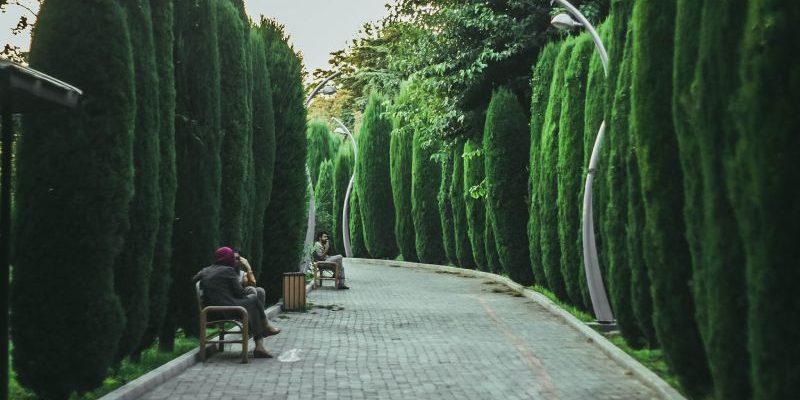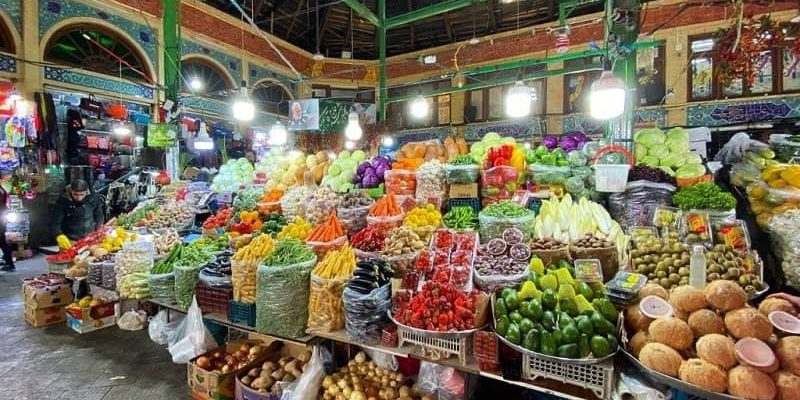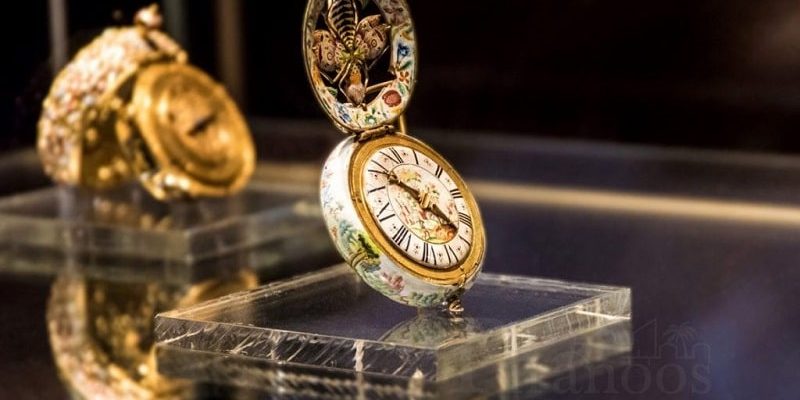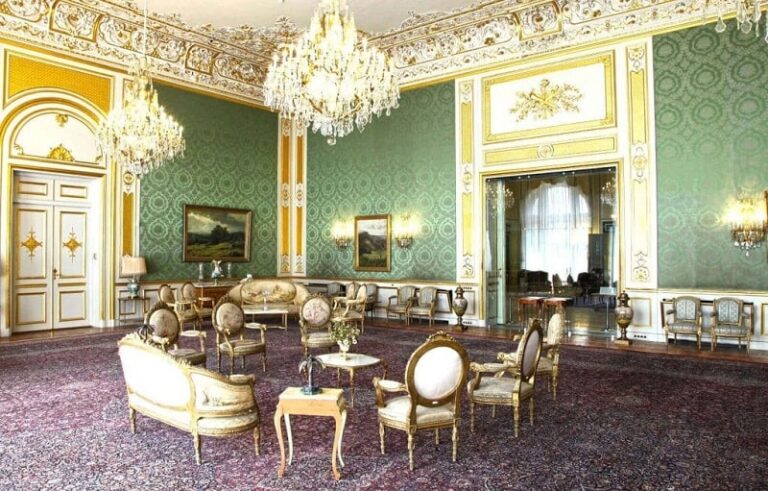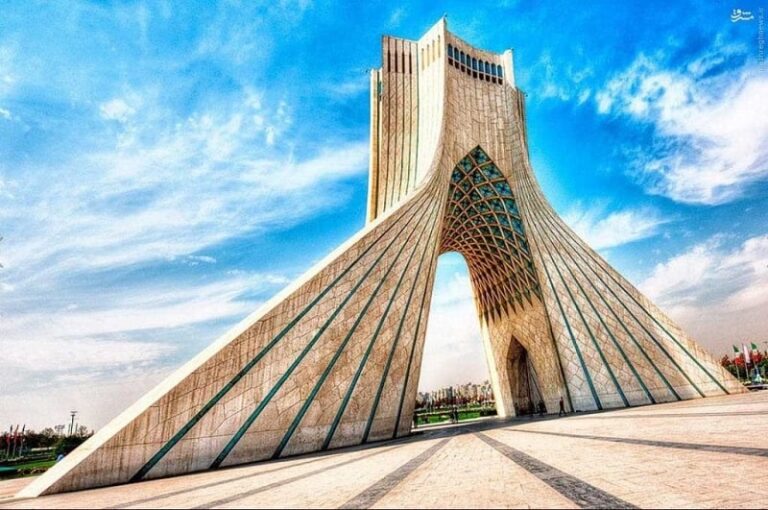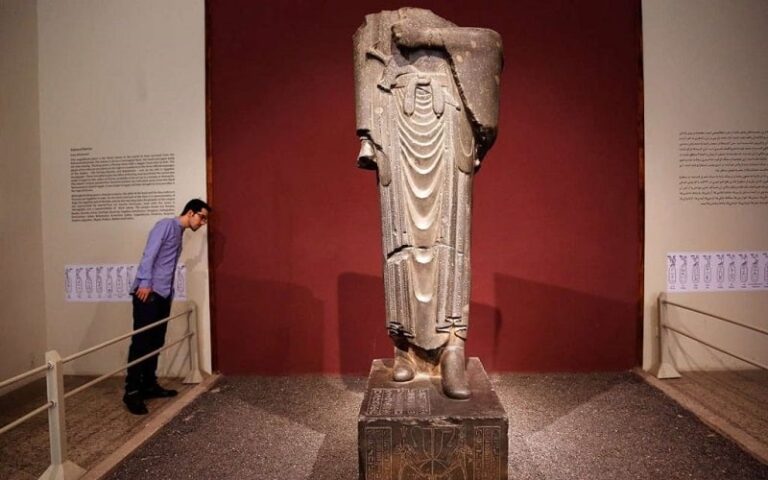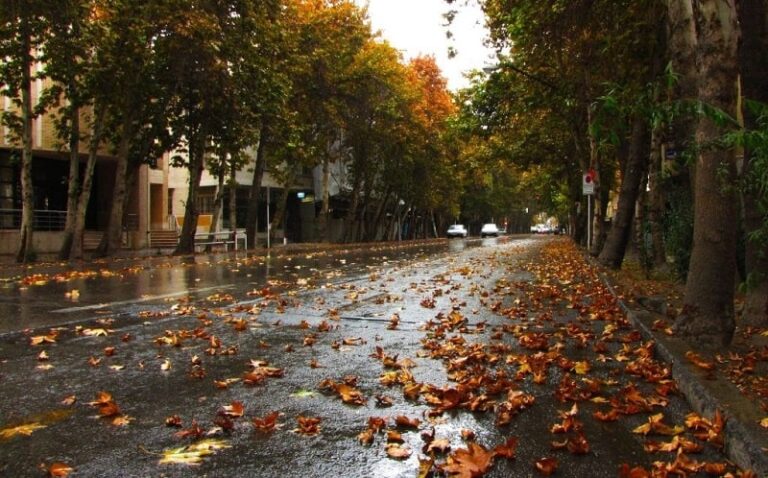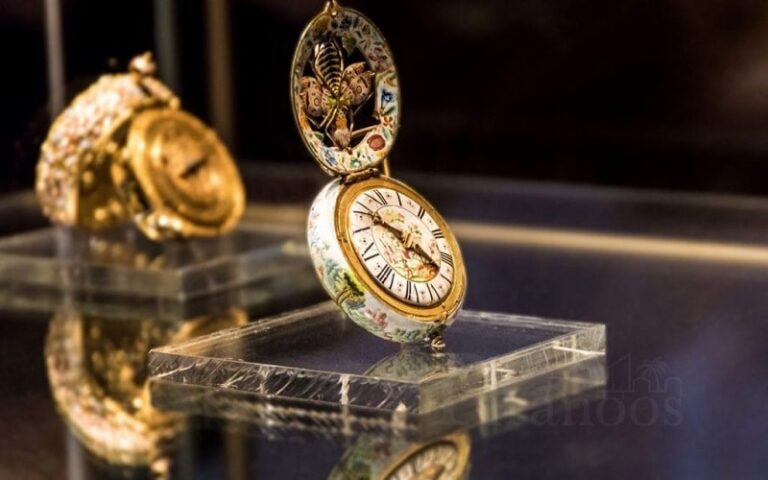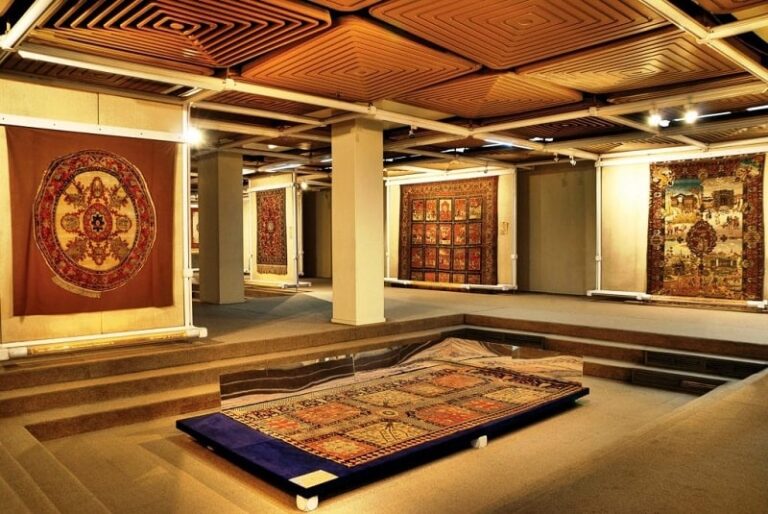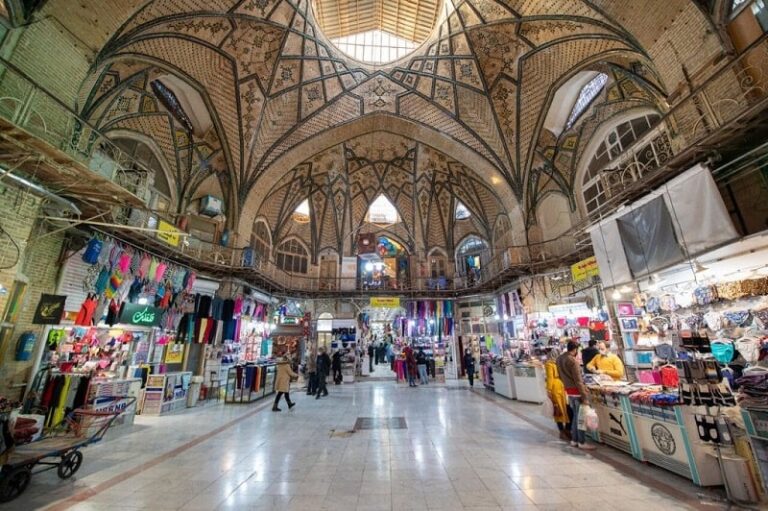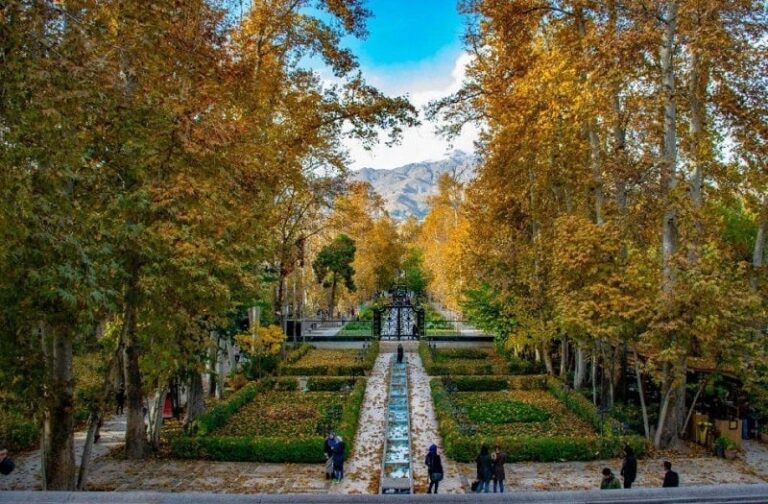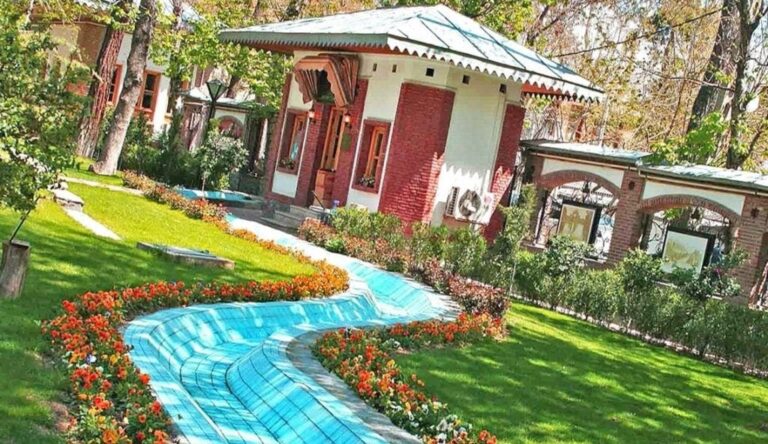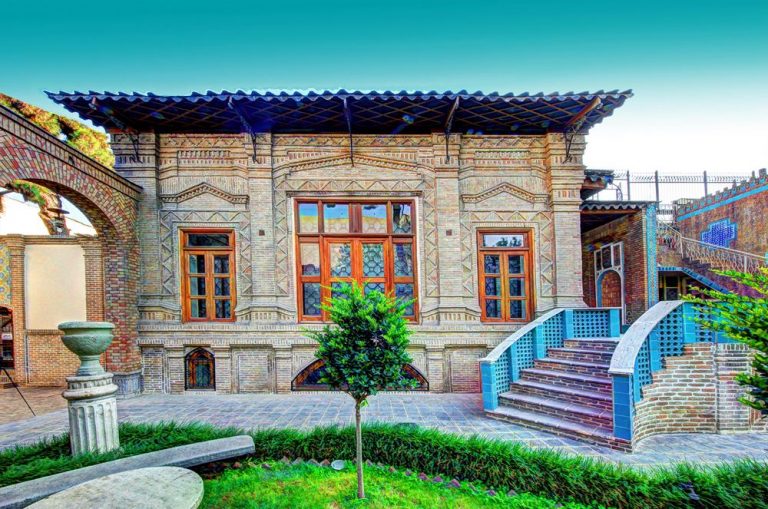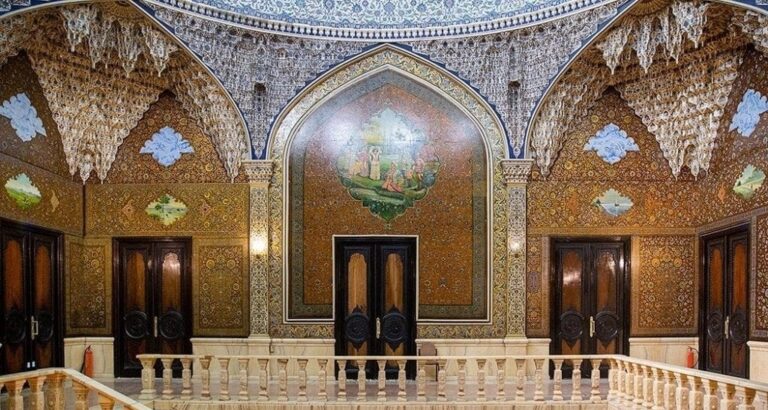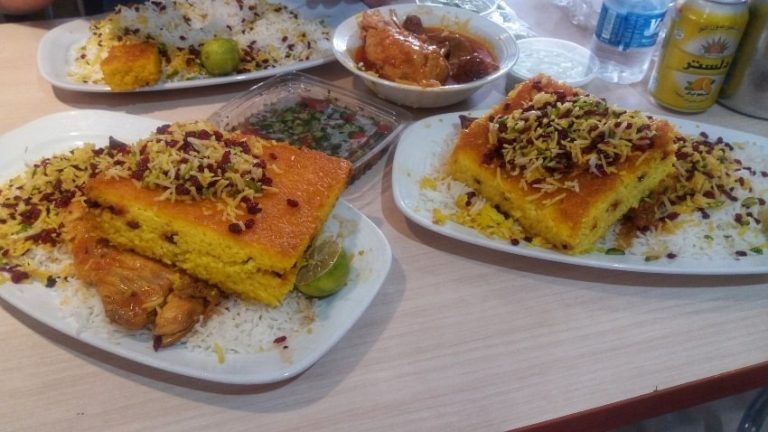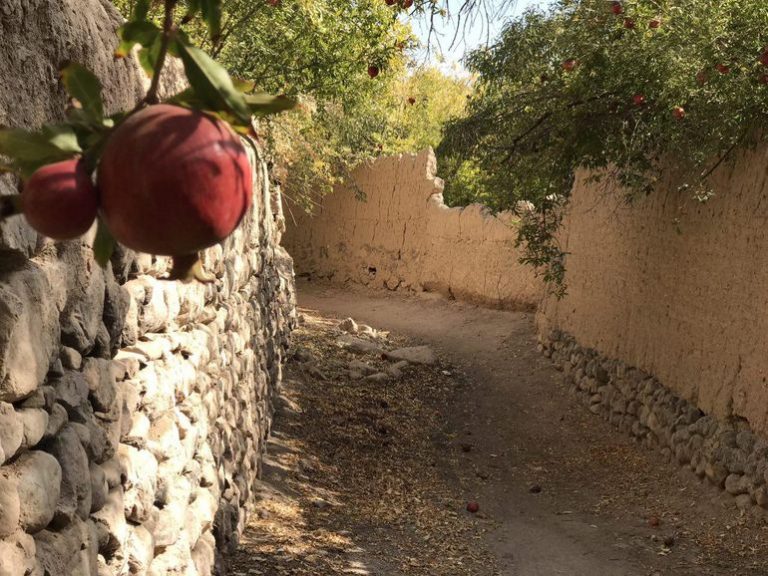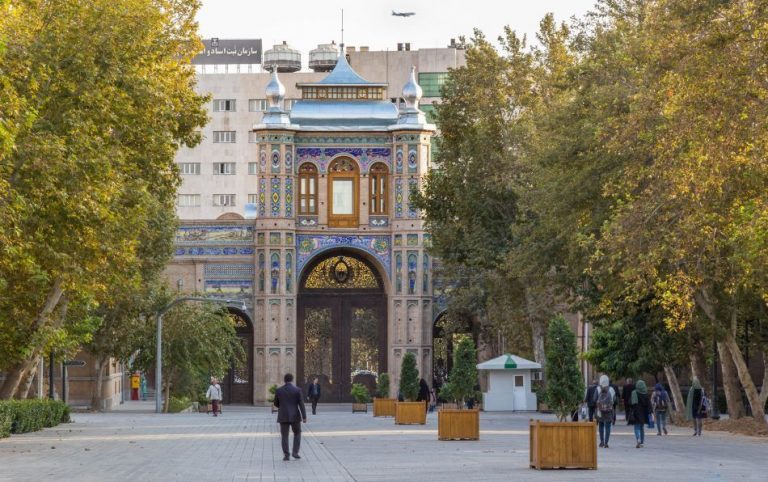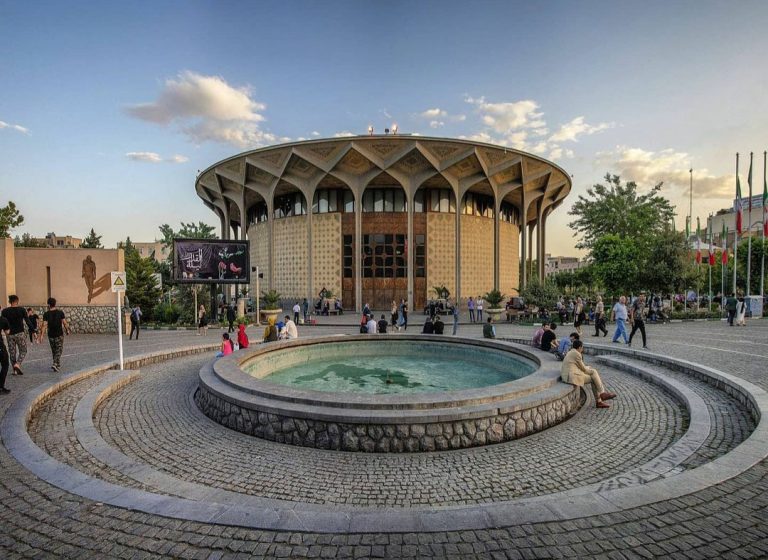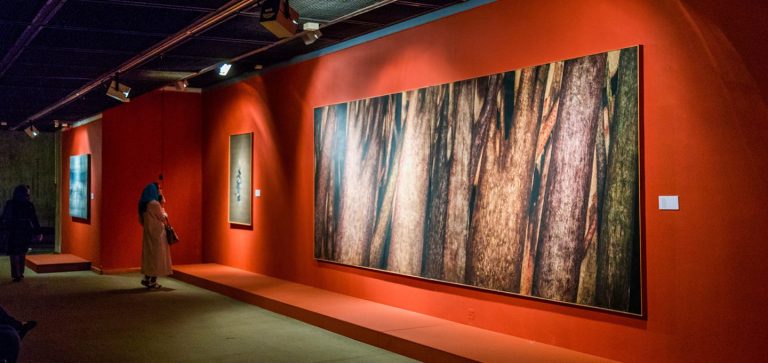
Tehran Green Palace
Sa’ad Abad Palace is in the Darband area at the footage of the Alborz mountain range. The palace shows a green atmosphere and a very pleasant weather shines north of the capital. Sa’ad Abad palace was a royal residence for two dynasties from Qajar to Pahlavi in the past two decades. Sa’ad Abad embraces palaces, museums and galleries which depict Iran contemporary history in detail.
The green palace (the Shahvand Palace) is the most delightful palace among all Qajar structures. The green palace was the first Qajar monument in Tehran. Iranian artists and architects designed the Green palace and built that in Sa’ad Aba



